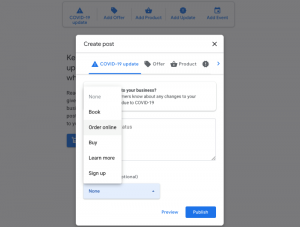Your job title may not be “teacher,” but if you think teaching isn’t a critical part of managing employees, you need to think again. Knowing how to instruct and guide your employees should be at the top of your list of priorities. This is especially obvious when you know that 65% of employees say they want more employee feedback from their managers.
But getting feedback exactly right has been Mission: Impossible for most managers… until now. A study by experts at Columbia, Yale and Stanford has shown that there are three key things employee feedback should do in order to be truly effective. It should: connect with the employee, emphasize the employee’s belonging in the group and recognize the high standards that you set.
Part One: Connect
The first thing your feedback should do is express your care for or investment in the employee’s well-being: personally, and at the company. The connection aspect is important because only 44% of employees believe that their employer cares about their well-being, and 31% of employees believe the employers only care about profits.
This part of your feedback could look like this: I’m giving you this feedback because I want you to succeed here. It’s that simple.
However, showing you care shouldn’t be restricted to when you’re giving employee feedback. In order to be a better leader, you should show care in everything you do. Here are some tips:
- Get to know them. Your employees shouldn’t just feel like another pair of hands around the office. Find out what their interests and beliefs are, where they’re from, who their family is, etc.
- Don’t be “the boss” all the time. Let employees find their own way when they can, and don’t act like you’re better or smarter than they are.
- Back them up. When a customer is being obnoxious or rude, side with your employees whenever possible. It will make them feel like they’re a part of your team and they can rely on you to have their back.
Part Two: Emphasize Belonging
Feeling a sense of belonging is an essential part of being a productive employee. In a recent survey, 37% of employees said “working with a great team” is their primary reason for staying with the company. The need for belonging goes back as far as we do. In fact, the same neural pathways that we once used to search for food and water are now used for social needs. It’s no wonder then that 70% of employees say having friends at work is the most crucial aspect of a happy working life.
When you’re giving your feedback, the employee should feel that they’re part of the group, and understand what that means to you. To emphasize belonging to the group, you could say: Your success and growth here are vital; Many of your team members are depending on you.
Part Three: Recognize High Standards
Like any manager, you count on excellence from your employees. When you’re giving employee feedback, acknowledge those expectations and how they will be difficult to reach. Don’t pretend like success is going to be easy, but let the employee know that you believe in them.
As a part of this, you should include and recognize your employee’s particular strengths. Did you know employees who believe their managers can name their strengths are 71% more likely to feel engaged and energized? Additionally, if you want your employees to perform their best, you must as well. Employees will be motivated when feel they are working for a business that is worthy of their best effort.
In practice, expressing your standards of excellence doesn’t have to be subtle or tricky. Tell the employee plainly: I have high expectations and I believe you can meet them.
Bringing It All Together
So before you go into specific details and examples in your next performance review with an employee, tell them this (or some variation of it):
“I’m giving you this feedback because I want you to succeed here. Your success and growth here are vital; Many of your team members are depending on you. I have high expectations and I believe you can meet them.”
Business & Finance Articles on Business 2 Community(80)








